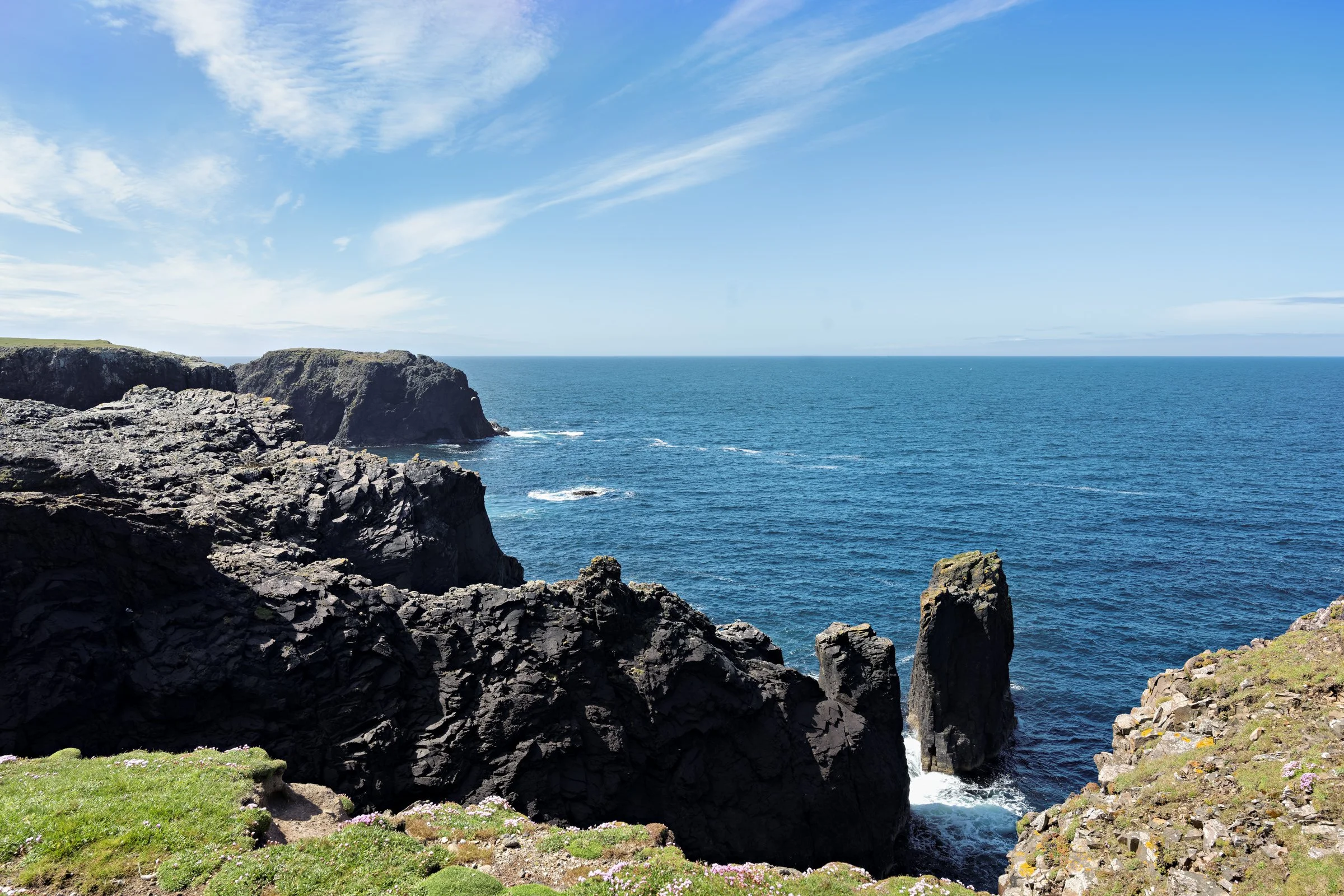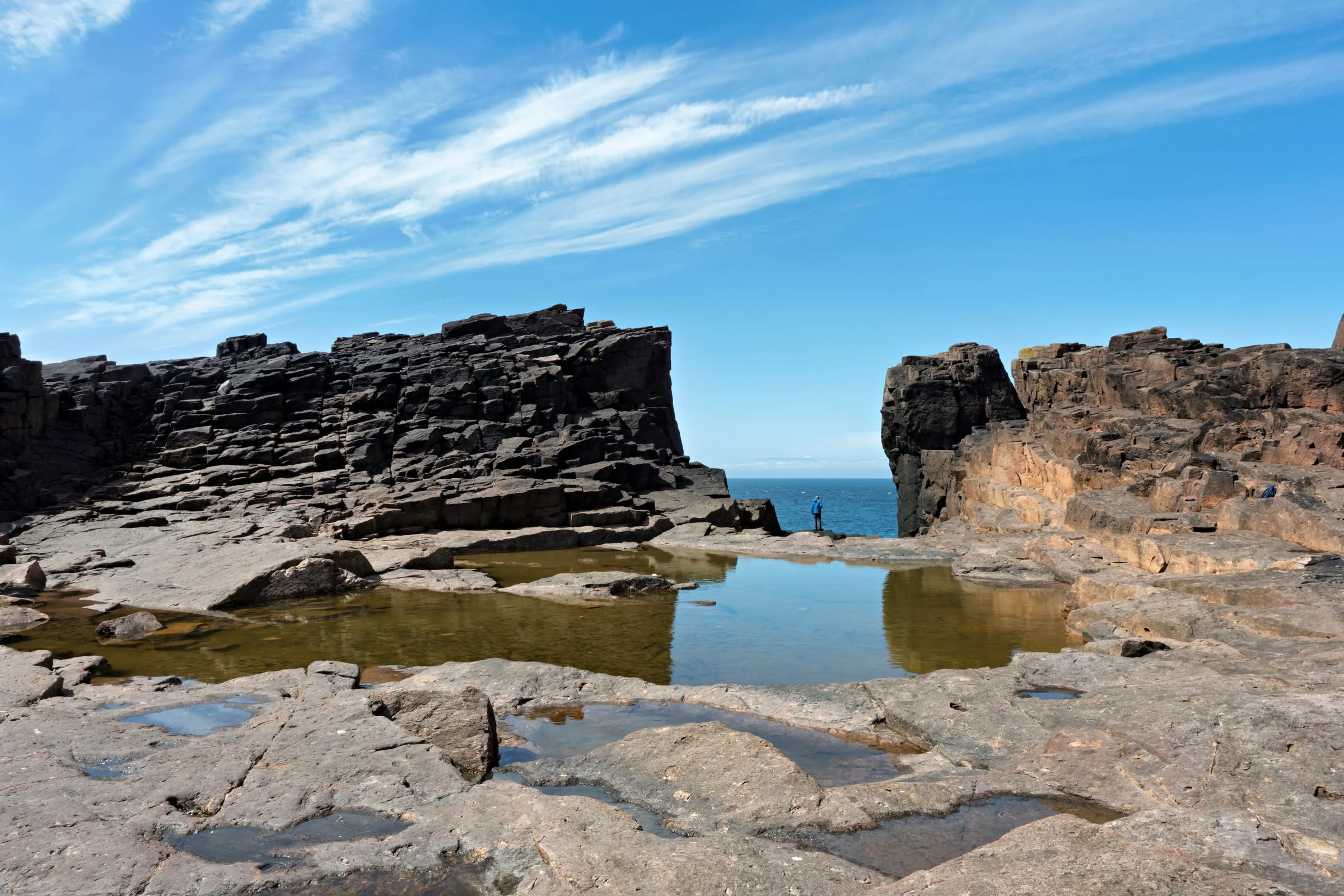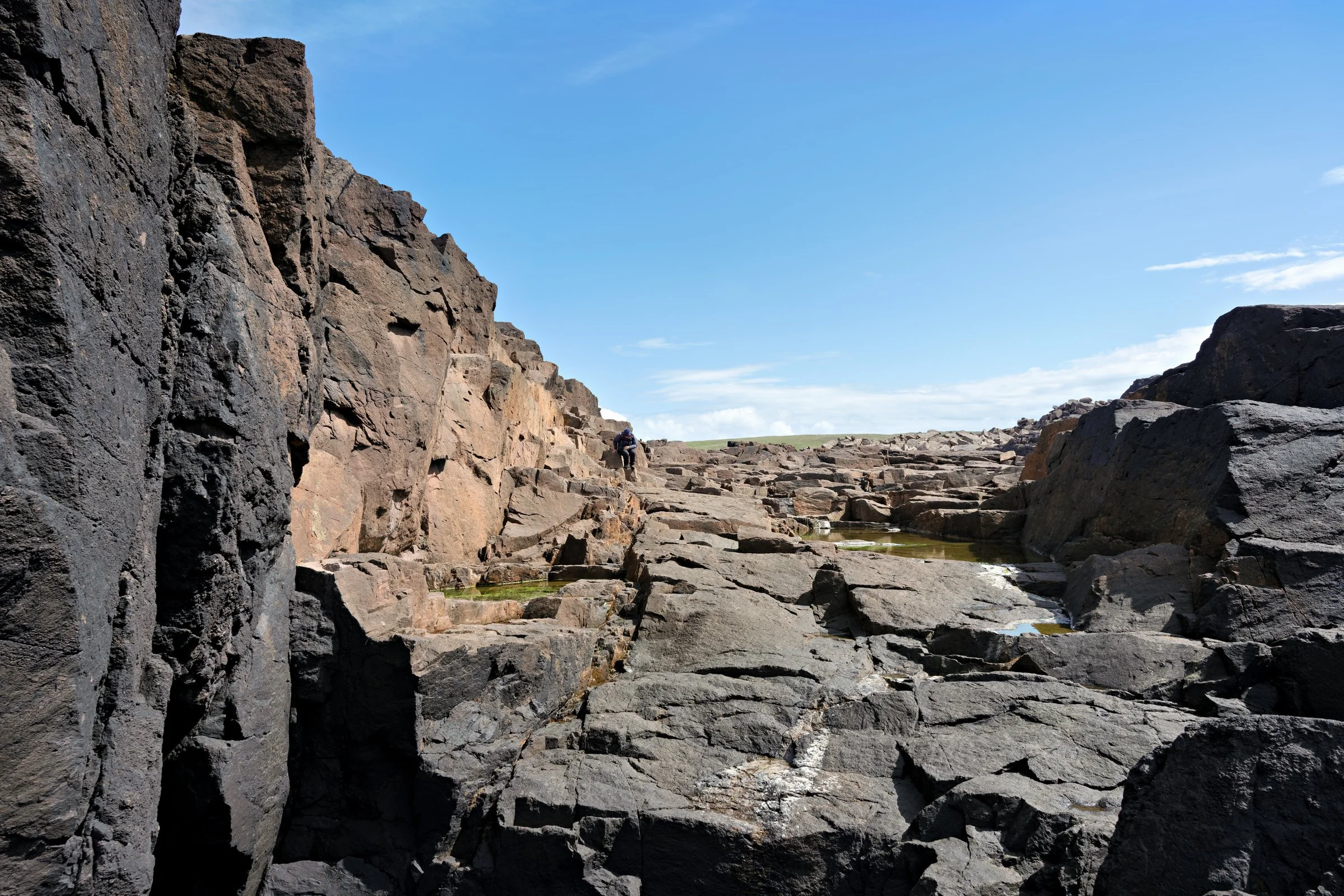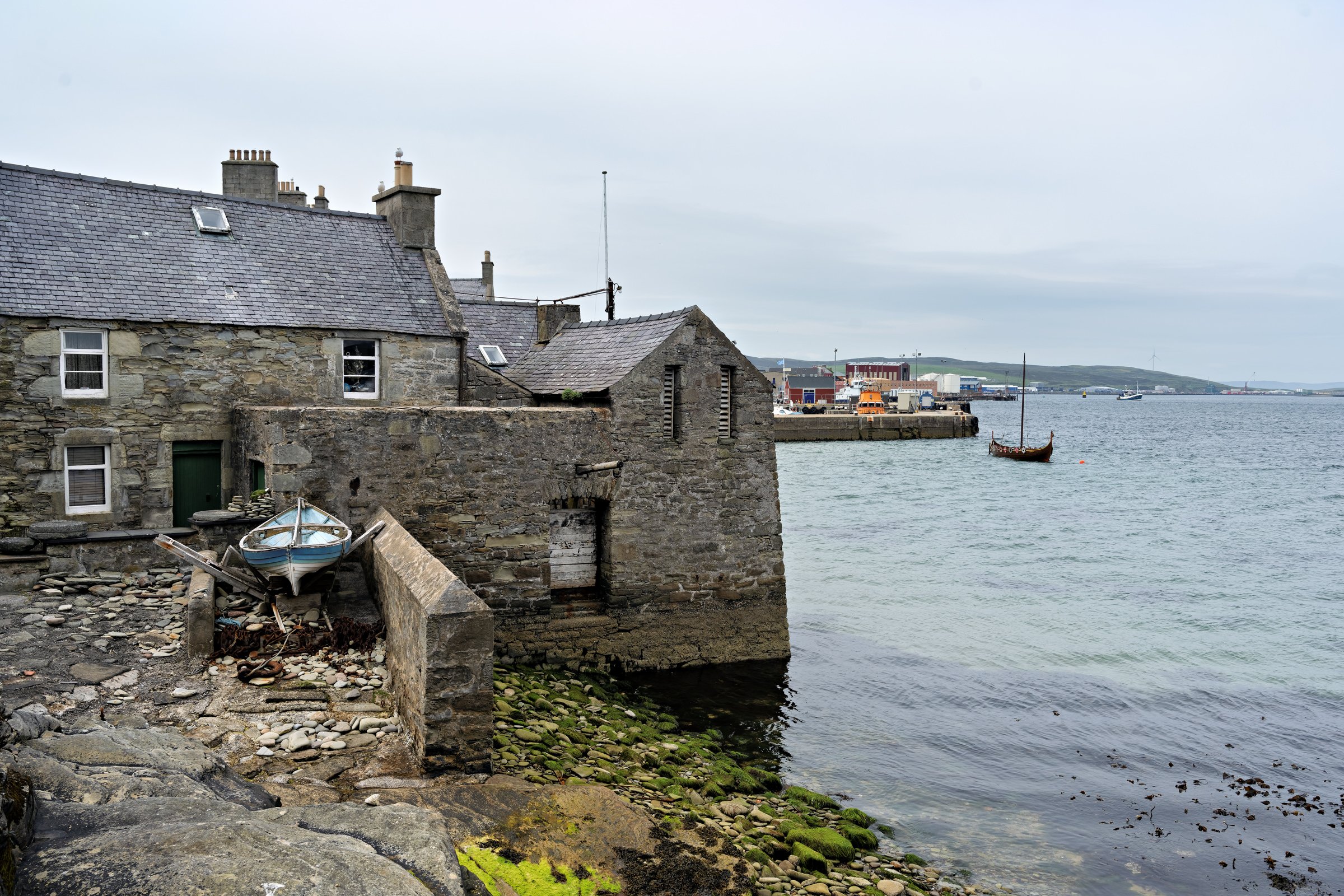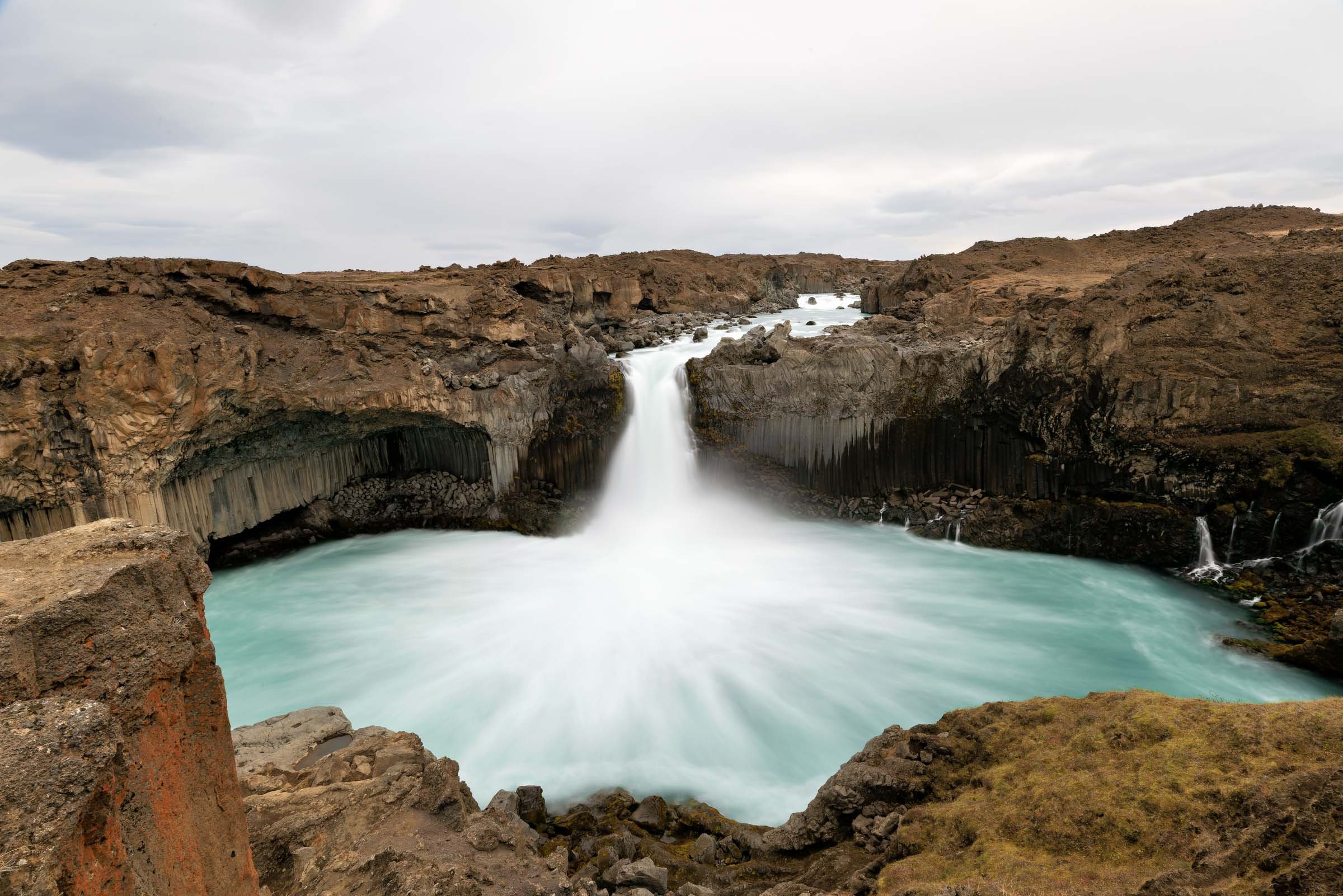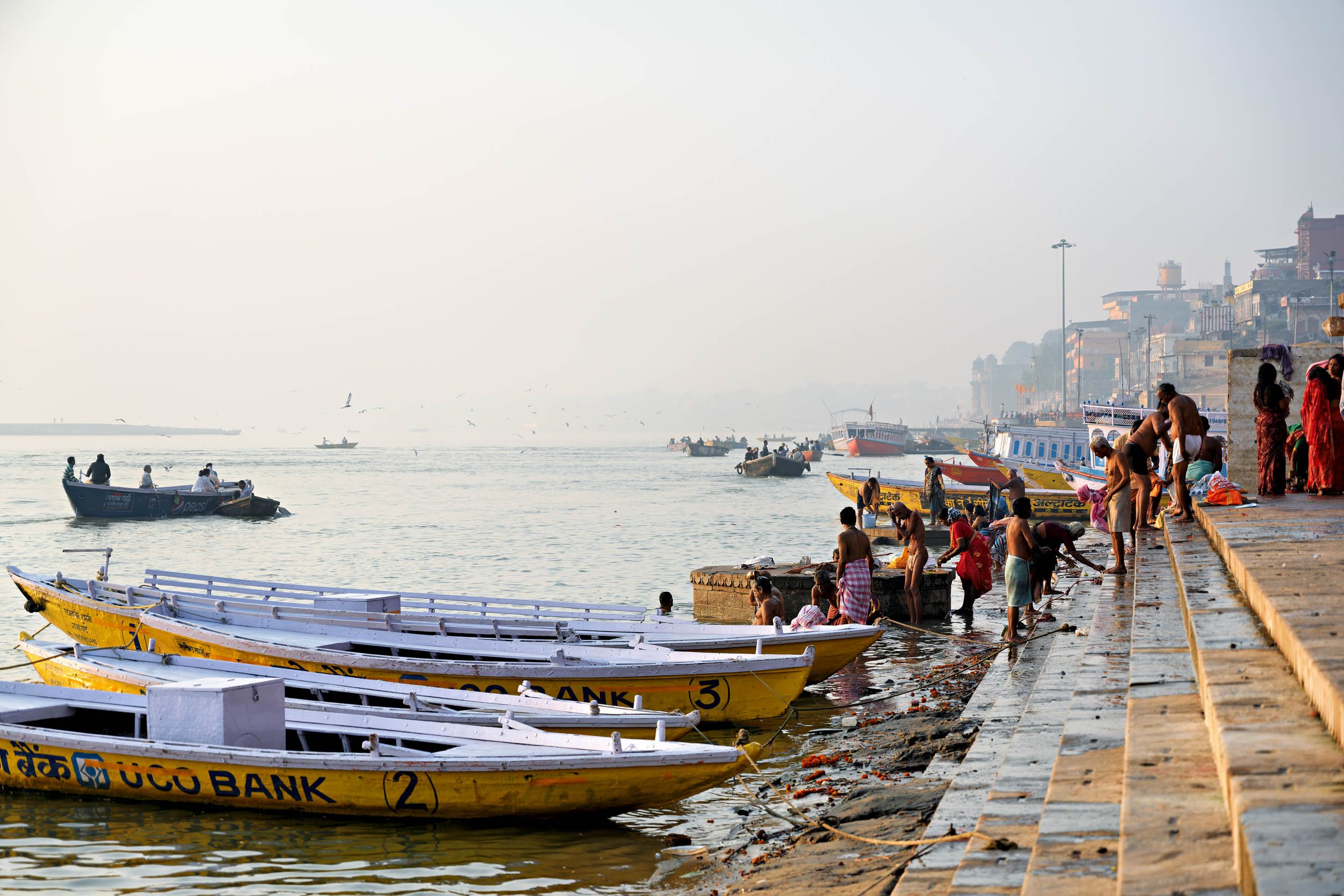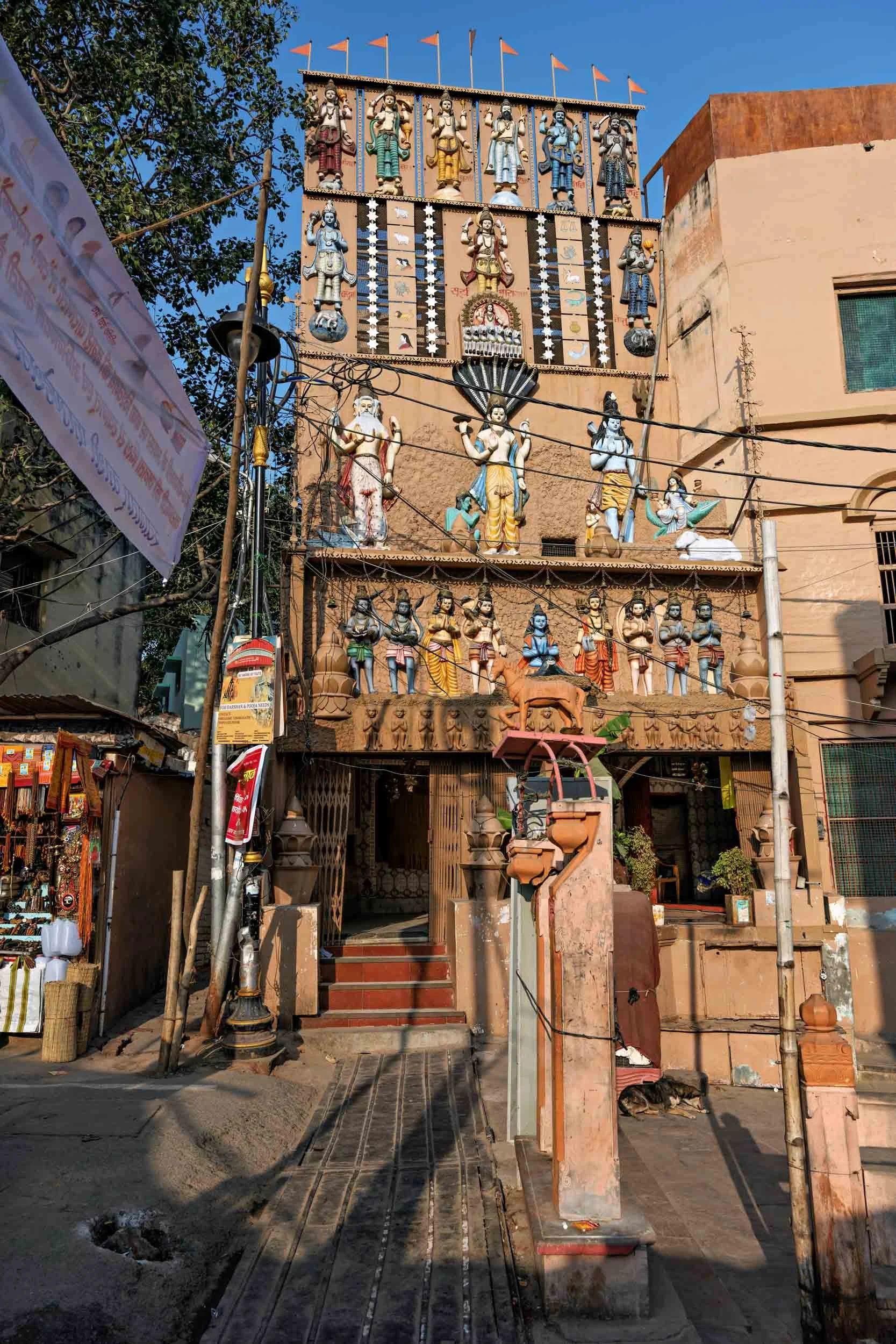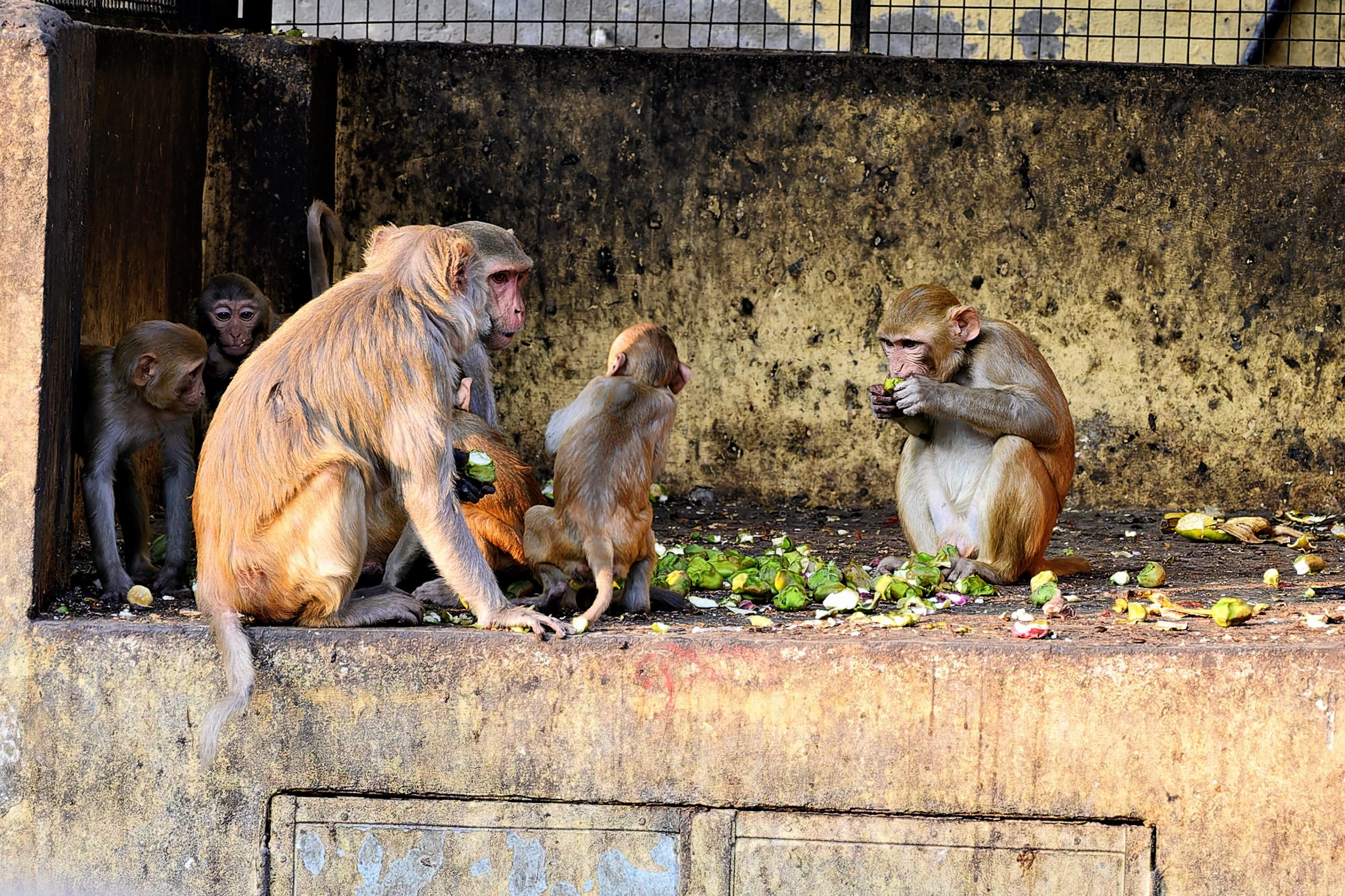Shetland: Eshaness
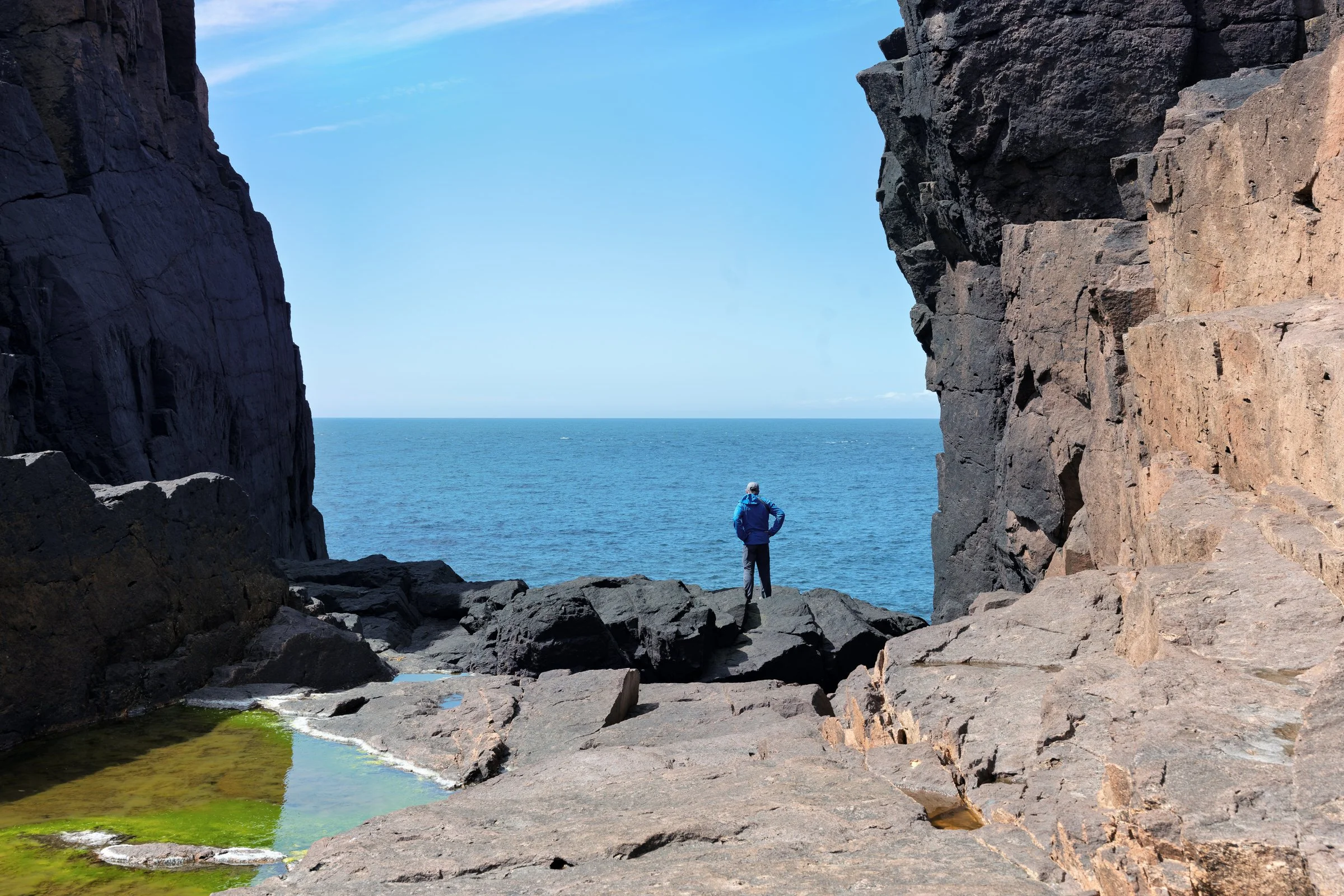
Eshaness is a stunning destination for nature, history and geology. Located on the west coast of Northmavine, on Mainland, Shetland, Eshaness offers spectacular views of the rugged coastline, shaped by millions of years of volcanic activity and erosion.
The peninsula is home to the Eshaness Lighthouse, which was built in 1929 and stands on a cliff overlooking the Atlantic Ocean. The lighthouse is a great place to admire the scenery and spot seabirds, seals and whales. Nearby, you can also visit the Tangwick Haa Museum, which showcases the local history and culture of Northmavine.
One of the most impressive features of Eshaness is the Grind o da Navir, a large amphitheatre carved by the waves through a breach in the cliffs. Here, you can see huge boulders that have been thrown over 15 metres above sea level by the force of the water. The Grind o da Navir is a testament to the power and beauty of nature.
Another attraction of Eshaness is the Calder's Geo, a deep inlet that cuts into the black volcanic rocks. You can walk along the edge of the geo and explore the sea cave at its end, which is one of the largest natural chambers in Britain. The geo also has several blowholes that spray water into the air when the tide is high.
If you are interested in geology, you will love Eshaness for its rich volcanic history. The peninsula is part of an ancient stratovolcano that erupted around 395 million years ago, when Shetland was near the equator. The cliffs reveal layers of lava and ash that formed during different eruptions. You can also see islands and stacks that are remnants of the main vent and side-vents of the volcano.
Eshaness is a place where you can experience the awe-inspiring forces that shaped our planet and enjoy the diverse wildlife that inhabits it. It is a must-see for anyone who visits Shetland and wants to discover its natural wonders.
Shetland: Sumburgh Head
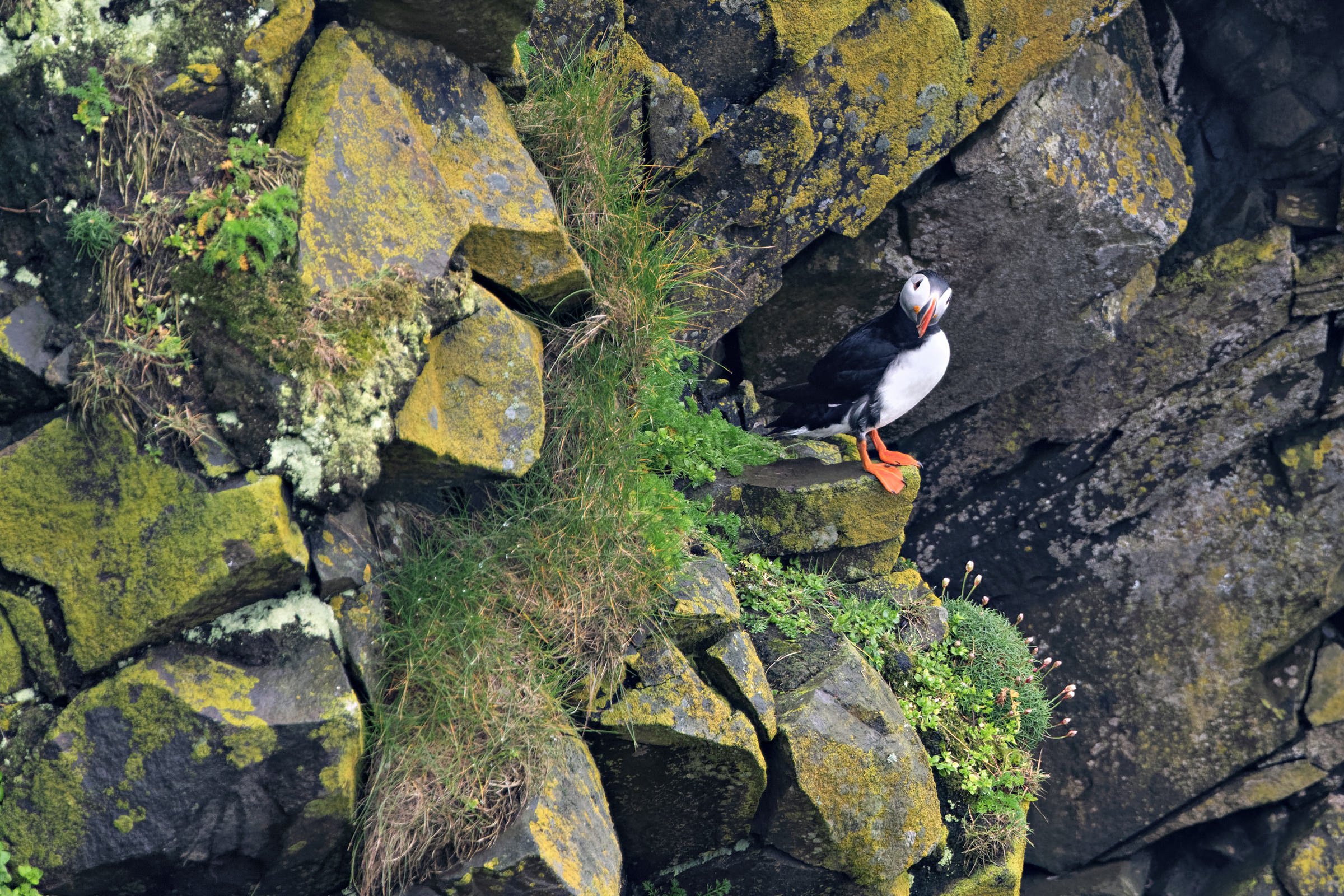
Sumburgh Head is a stunning destination. Located at the southern tip of the mainland, it offers spectacular views of the sea and the surrounding islands. It is also home to a rich history and a diverse wildlife. However, it was a grey and wet day when we were there for our first visit.
The most prominent feature of Sumburgh Head is the lighthouse, which was built in 1821 by Robert Stevenson, grandfather of the famous author Robert Louis Stevenson. The lighthouse was automated in 1991 and is now part of a world-class visitor centre that showcases the history and natural heritage of Sumburgh Head. Visitors can explore the restored lighthouse buildings, museum and marine life centre, as well as enjoy Katja's Cafe and gift shop.
Sumburgh Head is also a nature reserve, managed by the RSPB. It hosts one of Britain's most accessible seabird colonies, with thousands of puffins, guillemots, fulmars, kittiwakes and shags nesting on the cliffs and sea stacks from May to mid-August. Visitors can watch these birds from viewing points on the cliffs, or use binoculars and telescopes provided by the RSPB staff and volunteers. Sumburgh Head is also a great place to spot cetaceans such as minke whales, orcas and dolphins in the sea - although not on this occasion!
Shetland: With friends to Burra and Smugglers Cave
It was so good to meet up with friends Helen and Martin and to begin to the beauty of Shetland, taking a walk to Burra and Smugglers Cave.
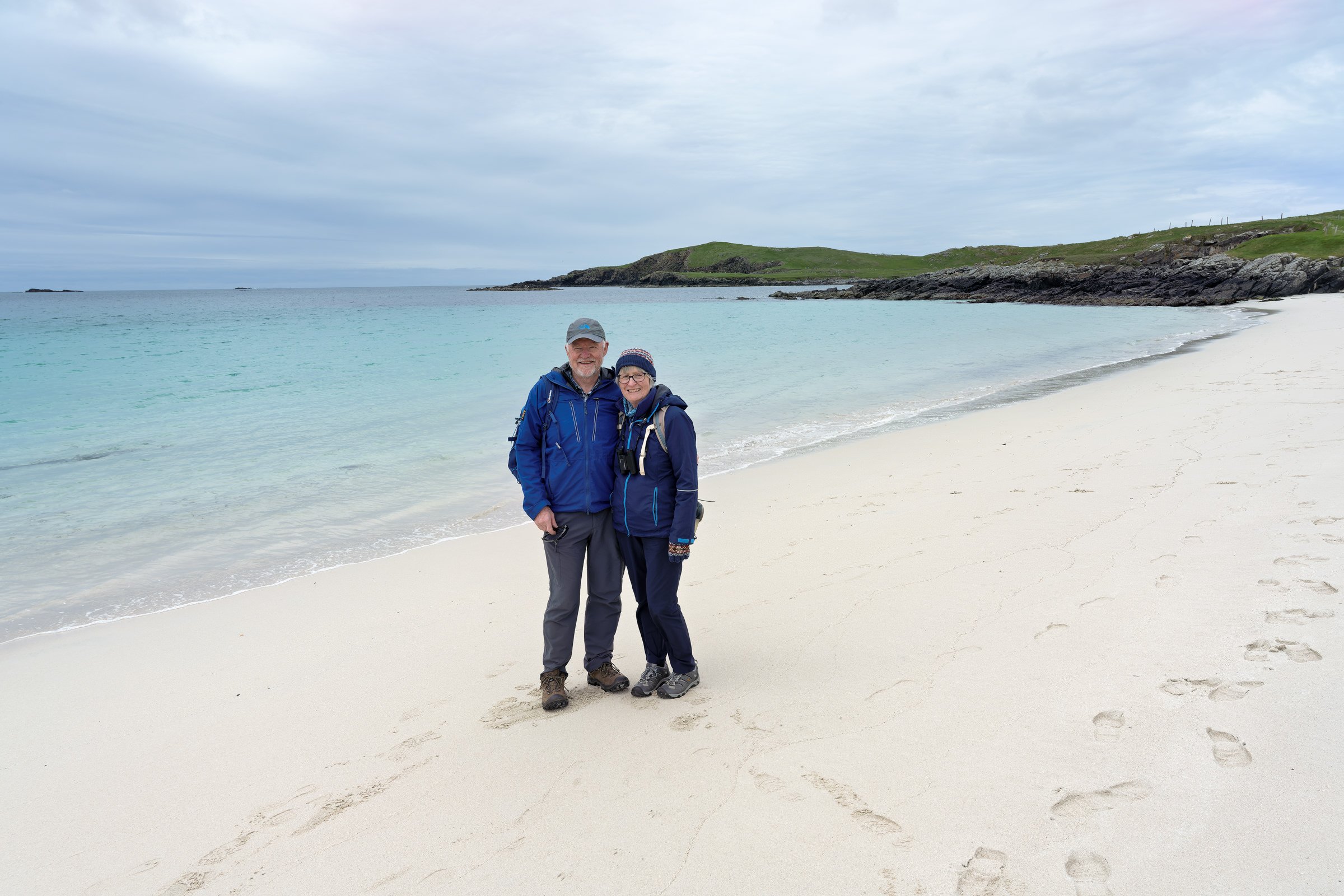
SHETLAND: Lerwick
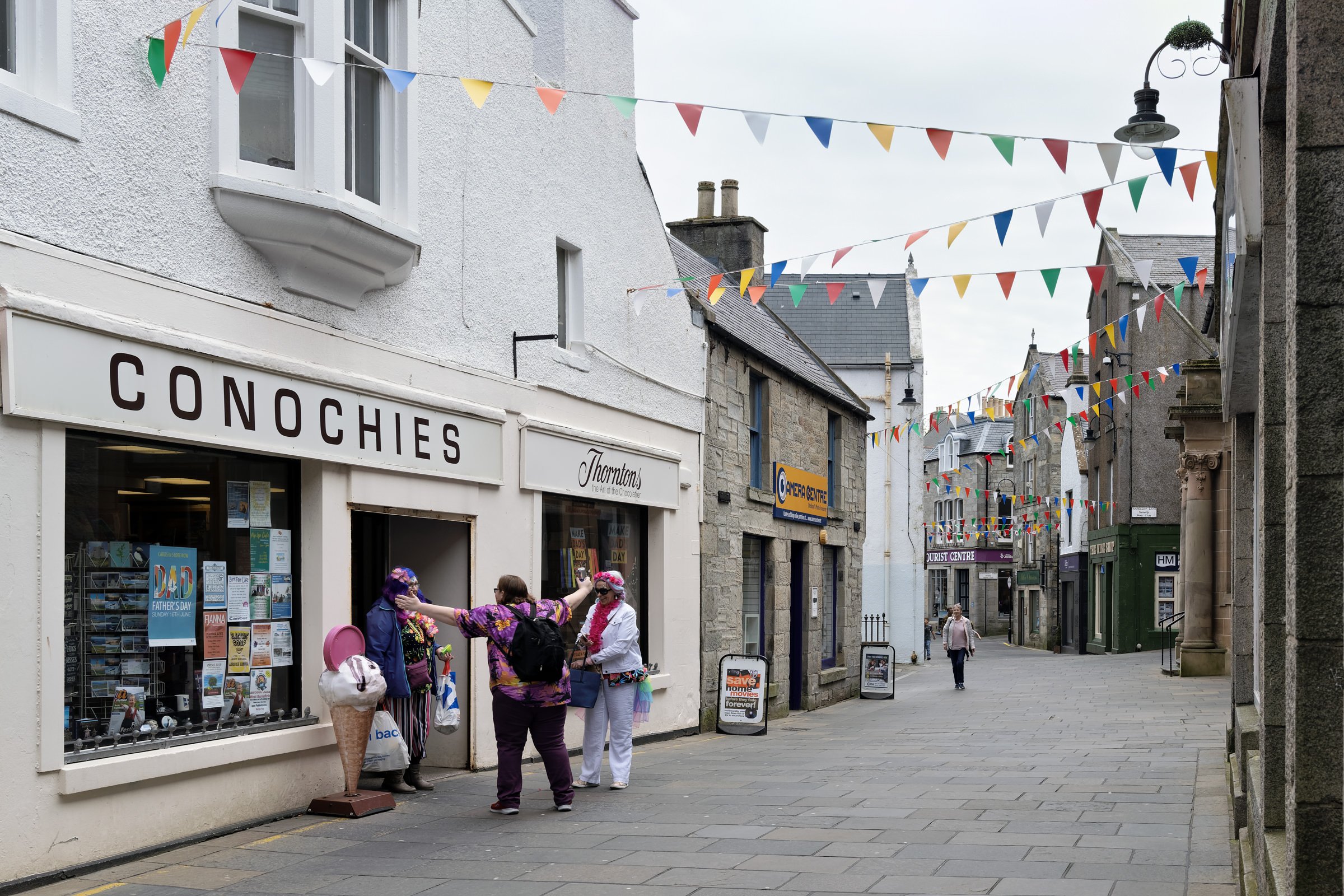
Lerwick is the main town and port of the Shetland Islands, located in the north of Scotland. It has a population of about 7,000 people and is the administrative and cultural center of the islands. Lerwick has a rich history dating back to the 17th century, when it was a major trading hub for the Dutch herring fleet. Today, Lerwick is a modern town with a variety of attractions, such as the Shetland Museum and Archives, the Mareel arts centre, and the annual Up Helly Aa fire festival.
Aberdeen to Lerwick, Shetland
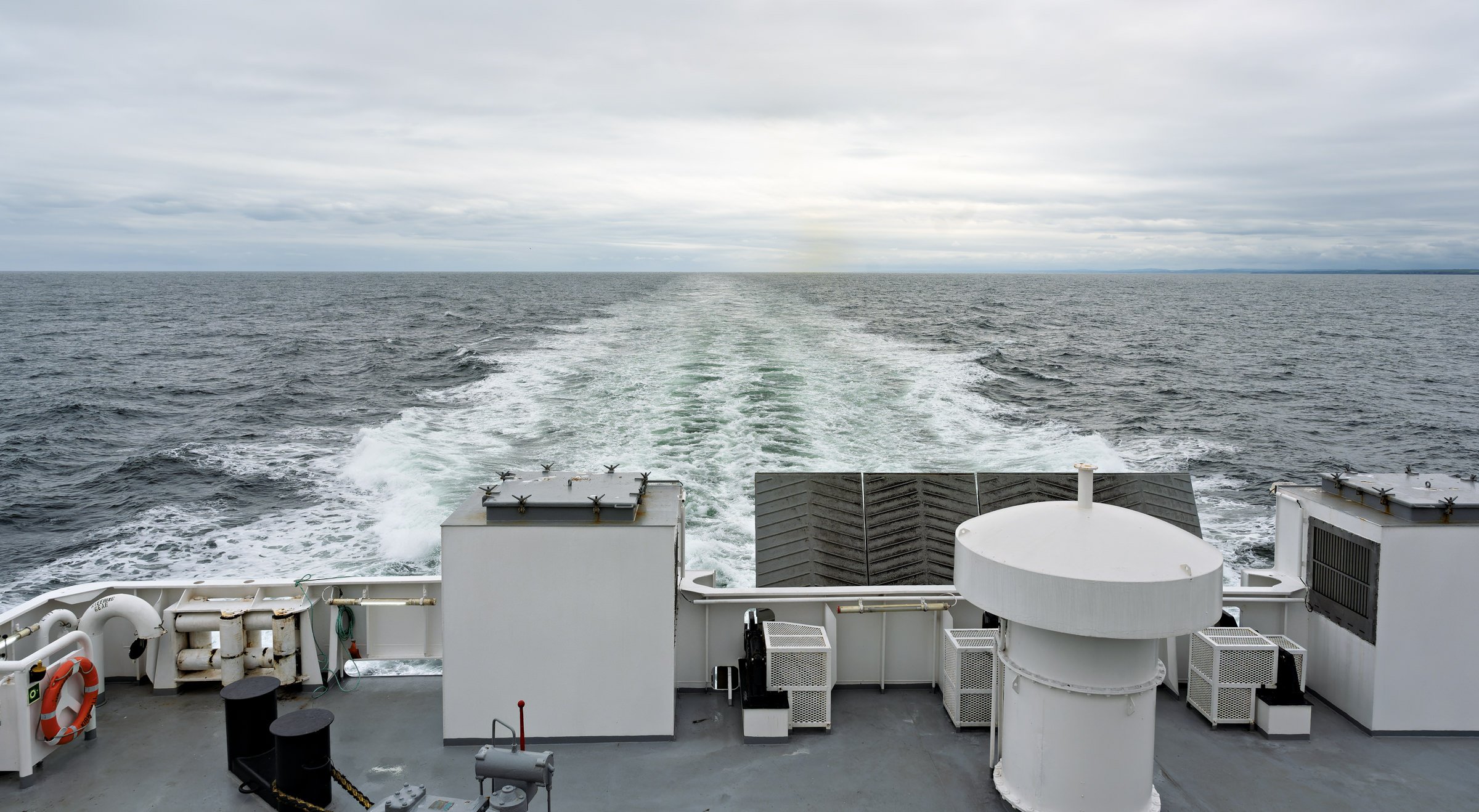
We were excited to have our first trip to Shetland and chose to travel overnight by ferry from Aberdeen. There was some apprehension as my wife Helen does not travel well be sea! But, anyway, we were doing it and everything was planned including suitable anti-sea sickness measures.
We were sitting in a restaurant at Aberdeen when I received a call from the ferry company: “where are you – are you coming”. It seems I had mistaken the ferry leaving time! We lept out of our seats, ran to the car park and raced through Aberdeen to reach the ferry just before it left. We had made it!
Now for the crossing.
The ferry journey from Aberdeen to Lerwick covers a distance of approximately 225 miles and takes around 12-13 hours to complete. The route takes you across the North Sea, passing through the Pentland Firth and around the northern tip of Scotland before arriving at the port of Lerwick on the Shetland Islands. The ferry service is operated by NorthLink Ferries, which offers regular sailings throughout the year, with a choice of daytime and overnight crossings.
The ferry journey from Aberdeen to Lerwick is renowned for its stunning scenery, with a host of scenic highlights to take in along the way. As you depart from Aberdeen, there are the views of the city's skyline and the rugged coastline beyond, before heading out to sea and passing through the Pentland Firth. This stretch of water is known for its strong currents and whirlpools, and is a popular spot for wildlife sightings, including seals, dolphins, and whales. Though not today.
Thankfully the crossing was calm as we retired to our cabin for the night. Even so, sure enough, nausea and vomiting followed for Helen. But, we arrived safely and ready to enjoy our 2 week stay on Shetland, especially looking forward to meeting up with our friends Martin and Helen who had bravely left Liverpool to set up home on Shetland.
Focus on Yellow
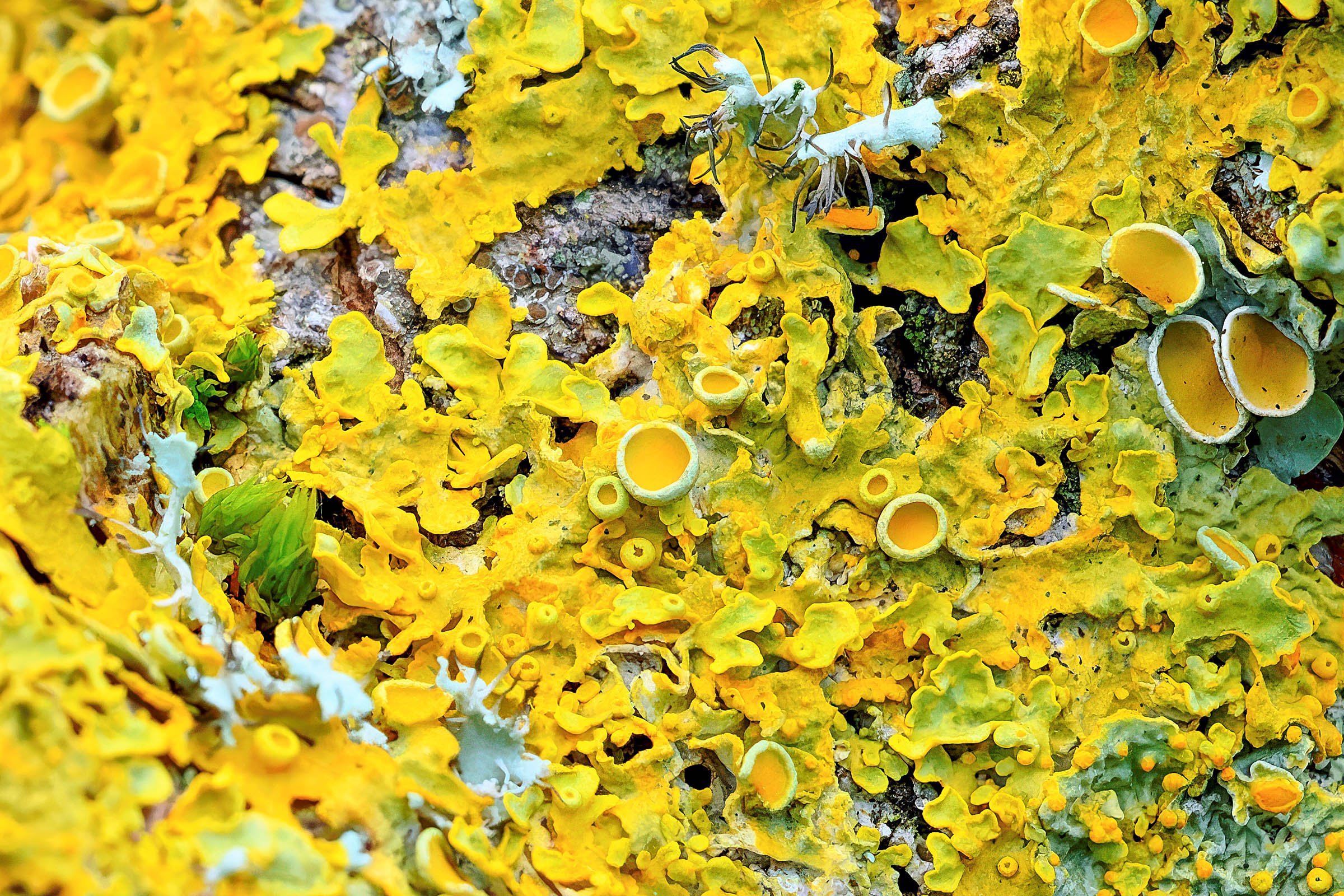
The Wells local camera club is called ‘Focus on Photography’ and each month has a theme. This months them is ‘Yellow’. Yellow is a bright and vibrant colour that is often associated with sunshine, happiness, and warmth. It is a primary colour, meaning it cannot be created by mixing other colours. Yellow is often used to grab attention and create a sense of cheerfulness. It can be found in nature in flowers like daffodils and sunflowers, and in fruits like lemons and bananas. Yellow can also be used to symbolize caution or warning, such as in road signs or caution tape. Overall, yellow is a colour that elicits strong emotions and can have a powerful impact on our mood and perception. I have to admit I haven’t given much attention to the theme, but here are a few images.
Blown Away
"Like a plant that must be severely pruned in order to stimulate its most luxuriant blossoming, love requires its own ongoing tragedy to unfold the fullness of its beauty. This realisation of love takes place in the interior of our own souls, where nothing is completely lost." Richard Boothby
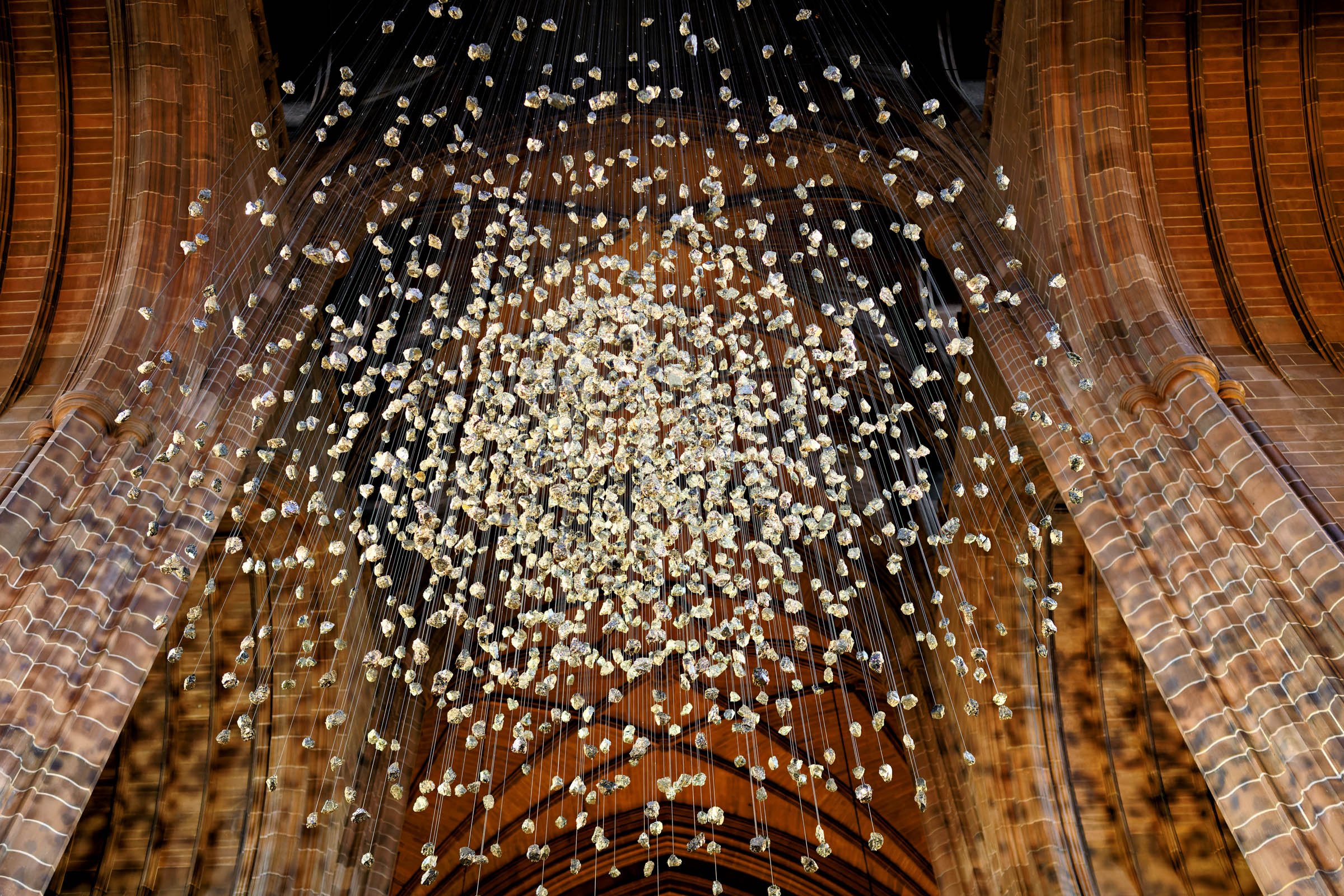
I’m currently reading Richard Boothby’s book ‘Blown Away’. Richard is Professor of Philosophy at Loyola University Maryland.
In this book, he shares his journey of grief and healing after his son Oliver took his own life at the age of 23, following a long struggle with drug addiction. Boothby explores the questions that haunted him after his son's death, such as why Oliver shot himself, whether he had an undiagnosed mental illness, and what he could have done to prevent it. He also recounts his experiences with psychoanalysis and psychedelic therapy, which helped him find a sense of acceptance and appreciation for life. Boothby's book is a poignant and honest account of how the loss of a loved one can transform us and bring us closer to them and ourselves.
"Like a plant that must be severely pruned in order to stimulate its most luxuriant blossoming, love requires its own ongoing tragedy to unfold the fullness of its beauty. This realisation of love takes place in the interior of our own souls, where nothing is completely lost."
It’s a fascinating and moving read and I find his reflections on the nature of God interesting:
“The usual understanding poses the divine as the endpoint, the destination of all cosmic journeying, the grand goal to which we are struggling. we are pilgrims on our way toward God. helped along at points by gifts of Grace…..
The correction hits like a violent gust of wind. God is not the destination, but the animating spirit of the journey itself. God exists only in and through the passage. The truth, at once confounding and exhilarating, is that God is not a completed, self-enclosed being, waiting eternally at the far side of some immense void. On the contrary, God himself is a work in progress, himself energised by the force of love and longing. Even God himself does not know what we will find on our voyage. And it is a matter of we.God isn’t waiting for us at a distance. He is right beside us. Or better, inside us. God sees with our eyes, hears with our ears, feels through our hearts. God comes to be through our seeing, hearing, and feeling - if only we really do see, and hear, and feel.”
This “is a vision of an incomplete God, a spirit of perfect openness to existence, the heartbeat of love in an unfolding drama of pure and infinite possibility.”
This expression of the nature of God is one that I resonate with in some measure. The journey of life seems to be one of participation in an infinitely larger journey, the evolutionary journey of the universe(s), in which God participates too, from the inside.
Further Iceland Images
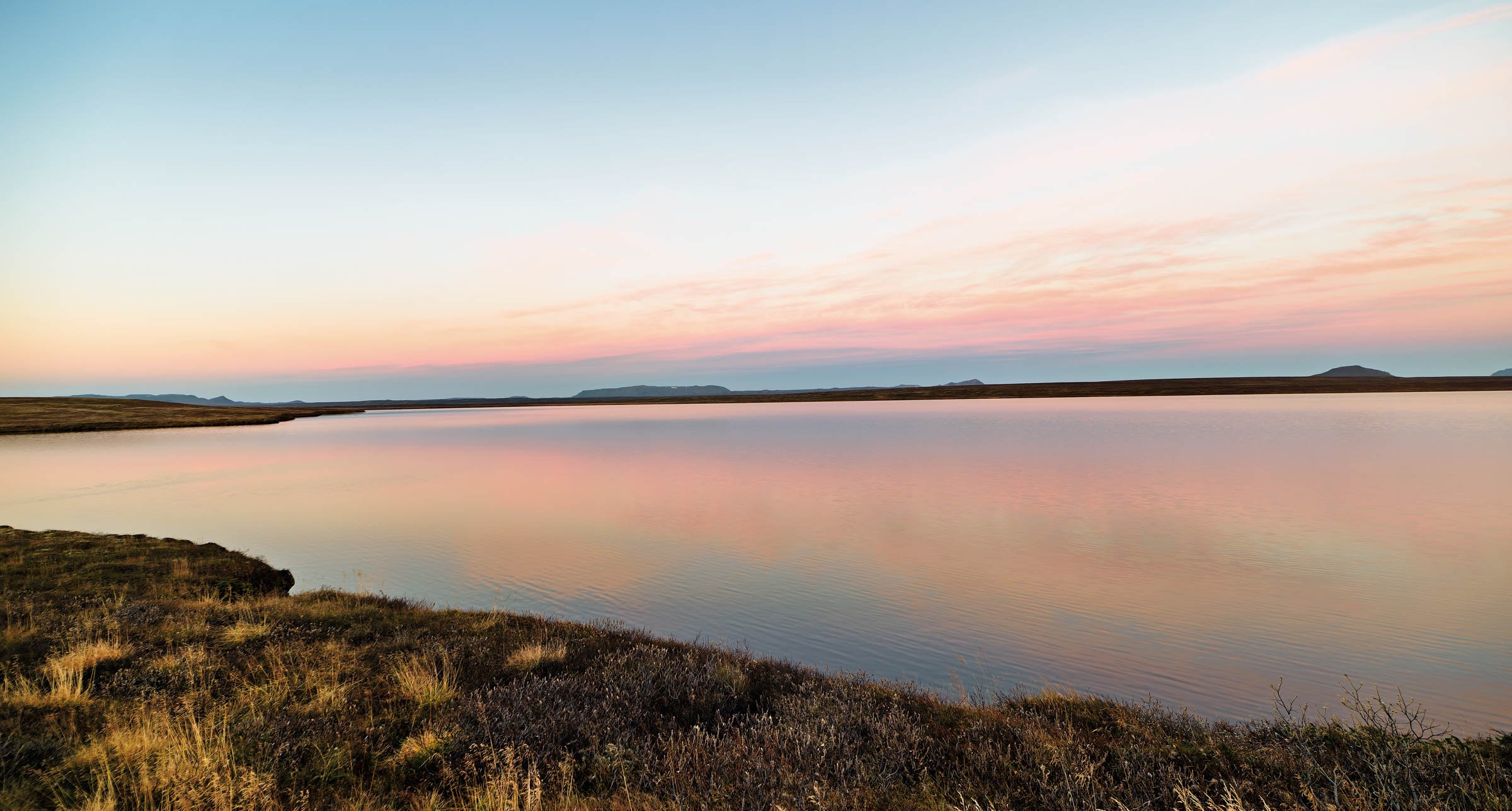
This is a collection of images from an Iceland trip in October 2016. Images include those from Kirkjufell, Laugar, Godofoss, Aldeyjarfoss, Asbyrgi glacial canyon, Dettifosss, Selfoss and the Imagine Peace Tower light off Reykjavik.
Iceland Circular Route September 2015
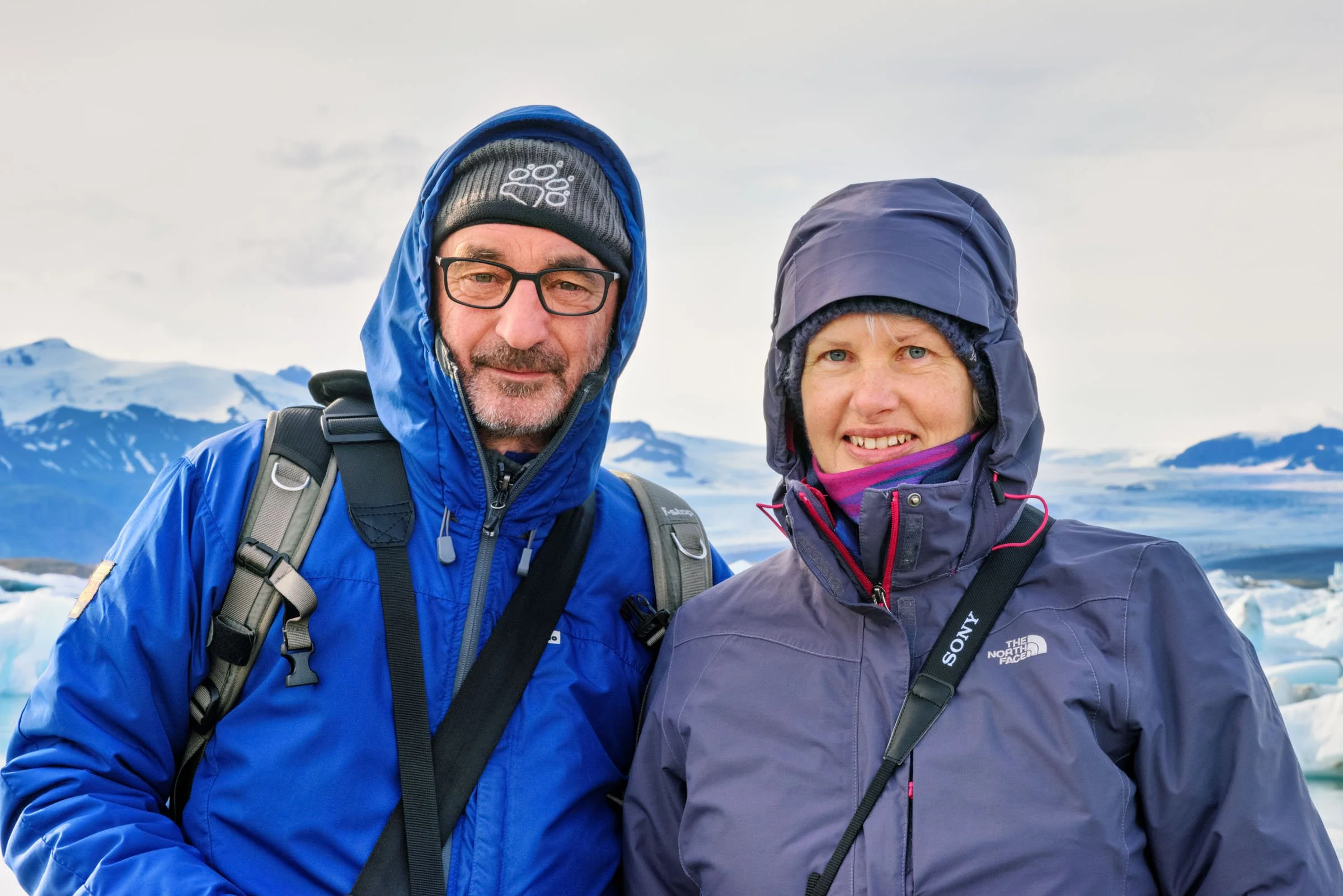
After retirement we moved to Liverpool and my interest in photography increased through doing wedding photography with Paul Poynter of White Dove Photography. Come 2015 I was keen to go to Iceland and try some photography in the remarkable landscapes there.
On the 6th September 2015 we flew from Manchester airport to Keflavík International Airport in Iceland to begin a tour of the island following the ring road in a clockwise direction. We had allowed 15 days for this iconic tour. We were keen to explore the island having heard of its magnificent scenery and wanting to develop our landscape photography skills. Helen was armed with her excellent Sony a6000 CSC and me with my Nikon D810 and D750 and feeling like beginners when it comes to landscape photography. We took a pair of Sirui tripods, neutral density filters and for my Nikons the Tamron 24-70 F2.8 and Nikon 70-200 F2.8 lenses.
Having picked up a rented 4WD Jeep Cherokee we set off for our first destination – Grundarfjörður, a small town, situated in the north of the Snæfellsnes peninsula in the west of Iceland. We had just about a day and a half to explore the peninsula with its mountain, glacier, waterfalls and beaches. The most notable features of the peninsula while we were there were WIND and RAIN. So we saw very little! We were staying at the Old Post office and a feature of this small town is the very striking Kirkjufell (church mountain) which was almost invisible during our stay due to the rain.
On day 2 we intended to explore the Snæfellsnes peninsula national park and I was hoping we would climb the Snæfellsjökull volcano with the glacier at its peak. No such luck! The wind and torrential rain continued and we were largely confined to the jeep. This was a day for dispelling the idea that Iceland would easily give up its scenic and photographic wonders! I was beginning to learn my small insignificance in this wild and energetic place! Still, this didn’t stop us getting around and deciding it was definitely a place to visit at a future date to explore in more clement weather. Meanwhile, a day in the wild wind and rain but not requiring as much resilience as Gudridur Thorbjarnardóttir. Almost five centuries before Columbus, Viking women sailed the perilous to North America. Gudrid Thorbjarnardottir was the first documented European woman to have a child in North America. Her story is told in first-person point of view in the historical novel God's Daughter by Heather Day Gilbert. It is said she transitioned from being a pagan seeress to embrace Christian faith.
Without detailing every day we continued on our trip with typically very variable weather – wind, rain and sun! We visited Akureyri, Lake Myvatn, Hverjall volcanic crater, Krafla and Leirhnjukar lava fields. Then on to Husavik with the possibility of a whale trip. Heading north on route 85 to waterfalls at Hafragilsfoss, Dettifoss and Selfoss and the Jokulsargljufur canyon.
Next destination was Seyðisfjörður via Modrudalue – the highest inhabited place in Iceland at 469m. The drive down to Seyðisfjörður was spectacular the rain was heavy, the car broke down and we enjoyed a very wet climb up the side of a waterfall and then taking in Berlin artist Lukas Kühne's bulbous sculpture known as Tvísöngur, mixing concrete, nature, and sound to create an interactive tribute to Iceland's unique tradition of five-tone harmony. Wonderful!
Next on to Hofn and then Hof and a visit to the remarkable Jokulsarlen Ice Lagoon.
We then travelled on to the Hveraverdi geothermal area and on to Reykjavic.
It was a fantastic trip and these photo’s a some of the thousands I took.
Marsh Harrier - Ham Wall
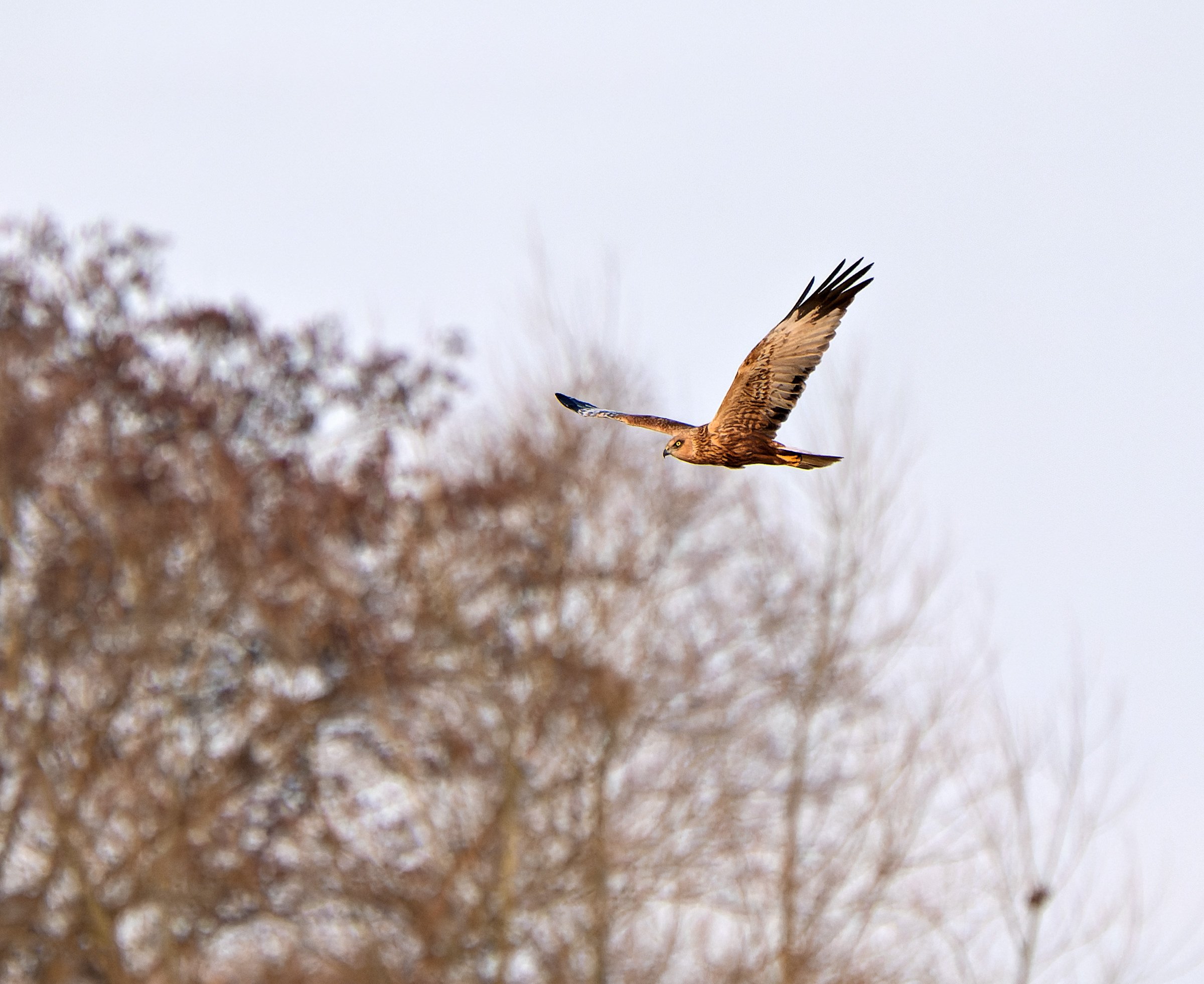
The Marsh Harriers are a glorious site at RSPB Ham Wall on the Somerset Levels. I can never get close enough for good images but here are a few from a recent visit. With a few other images from that afternoon. Nikon Z7ii with 7-200 F2.8 with 2xTC.
City of Light - Kashi, Banaras, Varanasi
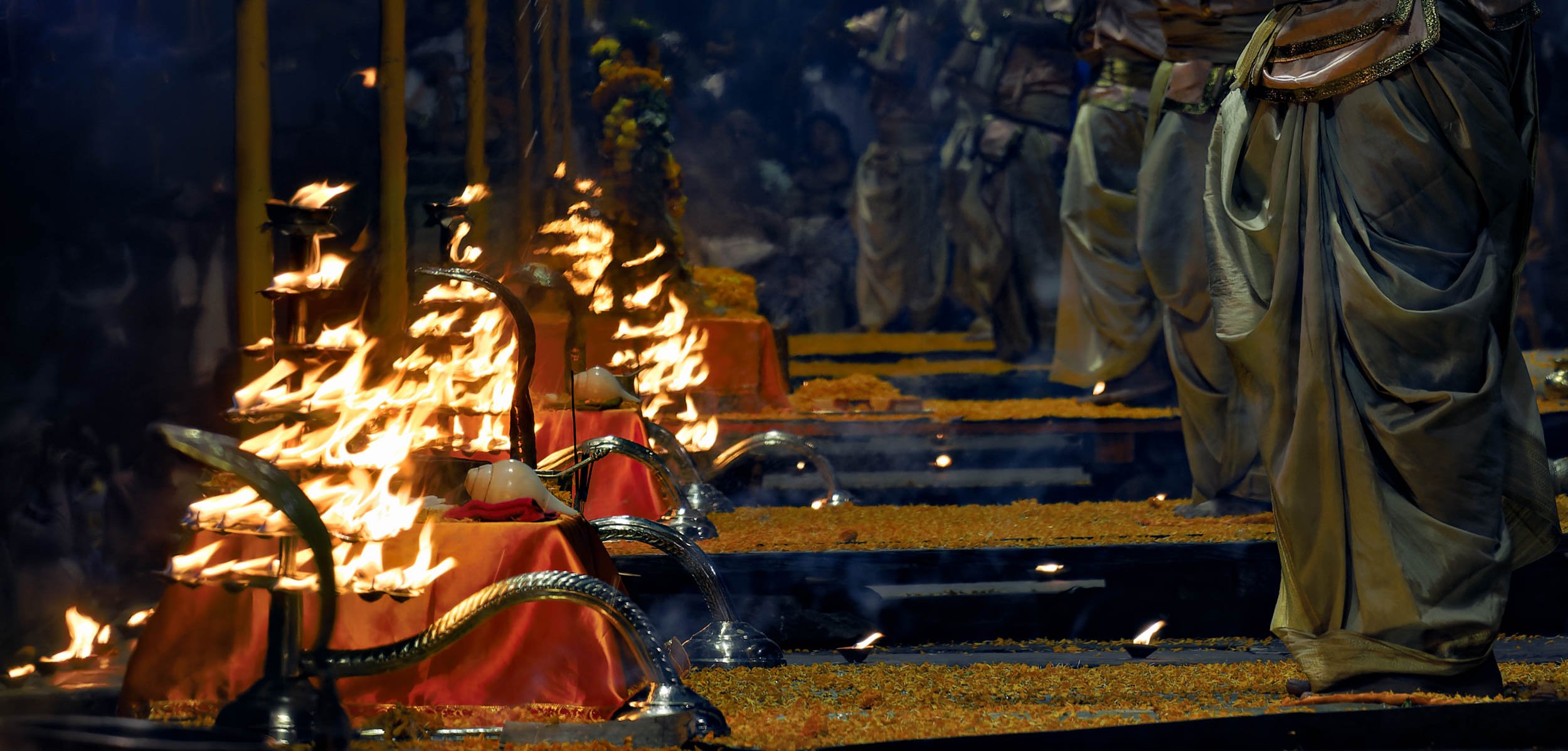
I am fascinated by the city known as Varanasi. I became aware of it when I heard Prof Diana Eck speak of it at a conference in Boston USA in 1999 and when I read her extraordinary book – Encountering God. It has been a profound journey for me, coming from a very narrow Christian sect, to the awareness the Divine in all of reality - including traditions other than my own. My own exploration of other faith traditions, contemporary expressions of spirituality and science have deepened and expanded my own understanding and experience of Christ as a universal evolutionary creative loving Presence.
“Varanasi, also known as Kashi and Banaras, is a city in the northern Indian state of Uttar Pradesh dating to the 11th century B.C.E. Regarded as the spiritual capital of India, the city draws Hindu pilgrims who bathe in the Ganges River’s sacred waters for prayer and ritual. In Varanasi, one is in a time warp where one is living in history as if time has never stopped, for the people, both residents and pilgrims, continue their daily practices and worship in ways relatively unchanged for millennia, a continuum of thousands of years. Being in Varanasi is like being on a thread pulled from a cloth that dates back to the beginning of time. Here, one doesn’t “see” a ruin, as one does in other ancient civilizations, but a living city where history hasn’t stopped.” David Scheinbaum.
This is a collection of photo’s from Nov 2019 when I was able to visit Varanasi during a north India trip, with the help of my son Matt, a seasoned traveller to India. I loved the light, the water, the fire and the devotion so evident in this place - the life-energy of the universe expressed in so many vivid and evocative ways.
Agra, Sheroes and the Taj Mahal.
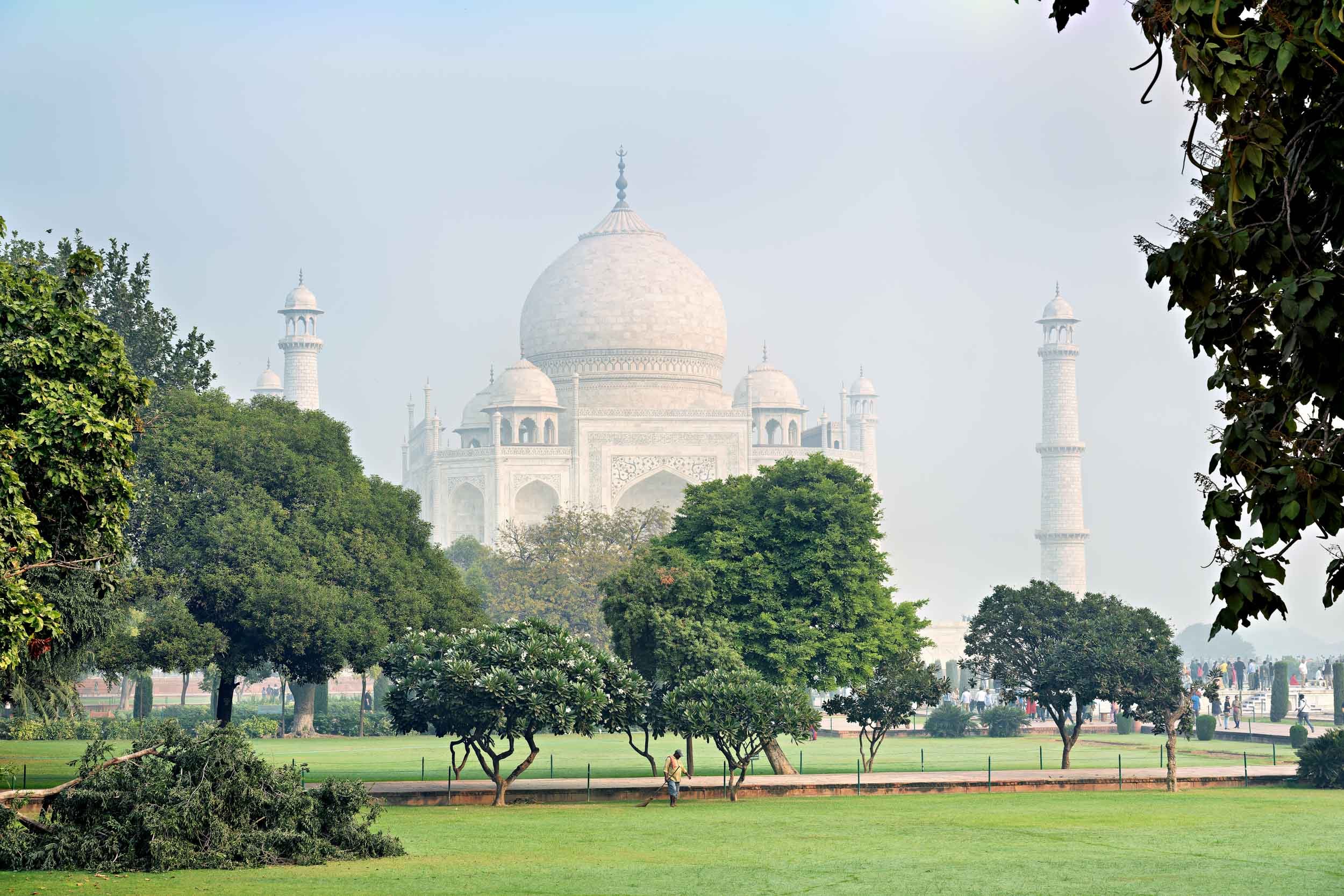
The city of Agra is the home to the majestic Taj Mahal but I was also able to visit the Sheroes Cafe that exists to support and be active on behalf of women who have suffered from acid attack.
Wells ART Contemporary
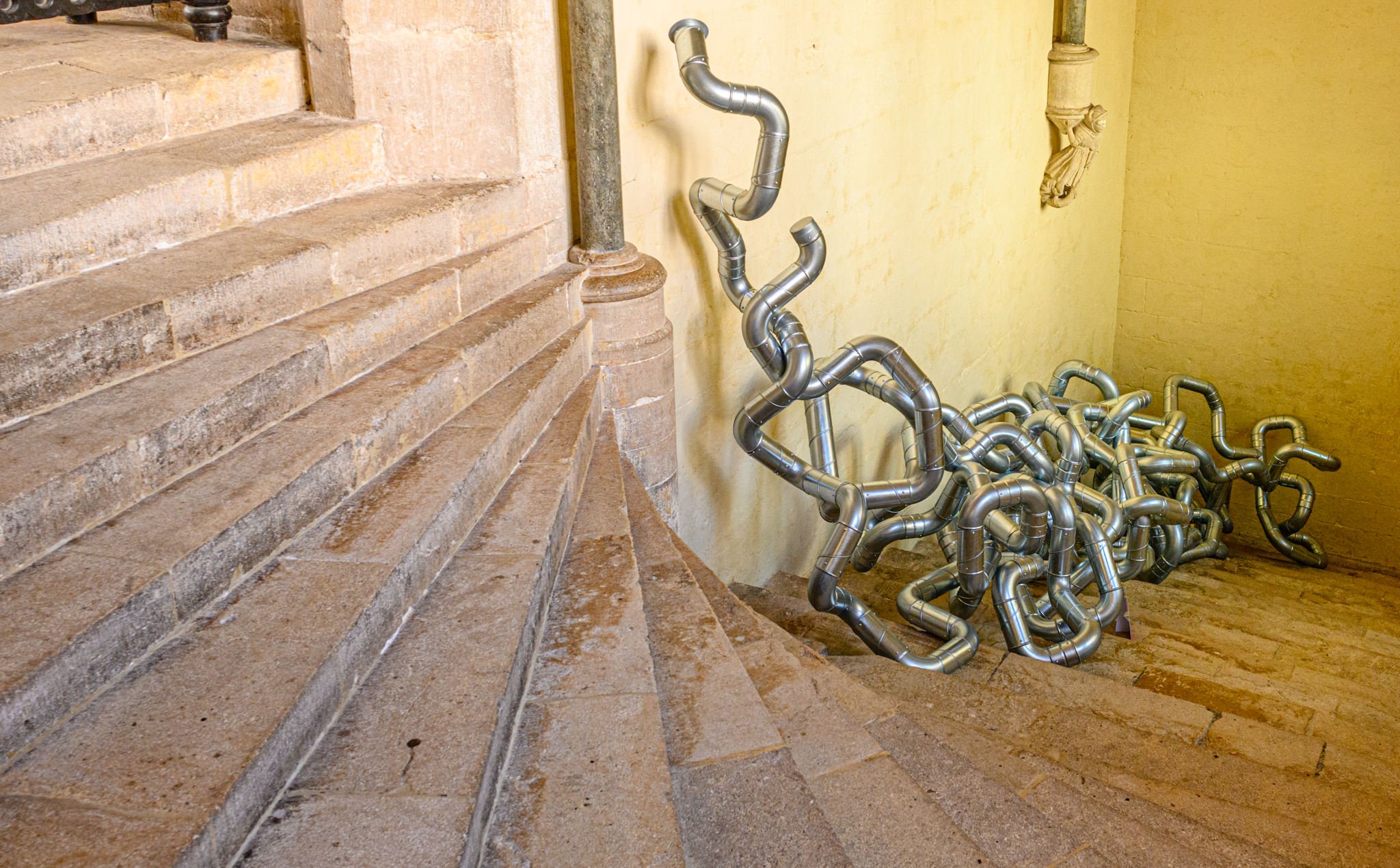
The annual Wells Arts Contemporary is on until 28th August, held at the cathedral and cathedral gardens. It shows 120 artworks and 29 installations. I particularly appreciated the installations which express some powerful themes including the following:
Tara Kennedy’s Hope Emerging which weaves together strands of unity, empathy and hope for more harmonious outcomes in relation to culture wars and religious conflicts.
Paul Bonomini’s L’Ascensione is particularly powerful to me as the theme of ascension is very much on my mind at present- in the sense of the need for humanity to ascend to higher and wider ways of being on this earth and also the personal aspiration to ascend through weakness, pain and difficulty to higher, deeper and more loving ways of being. This metal installation ascends the steps towards the chapter house and is symbolic of “the ascension of the mind”.
The usual splendour of the Chapter House becomes an environment for transformation with the installation Kaleidoscope with Mirrors by Anne Bennett. This can be quite a powerful theme as the chapter house is filled with butterflies which may speak of healing, change, rebirth, or the transition from earthly life to Infinite life. All with a kaleidoscope of colour and offering self-reflection in mirrors.
The reflective curved glass balls in Jane Taylor Weekes’ installation To see the world in a grain of sand incites the playful poetic and painful paradoxes of life, the temporal and the eternal, strong yet fragile, natural yet infinite. As I gaze at this installation, including the religious backdrop, it speaks of the movement of our lives which may sometimes seem to be chaotic or random, the way that glass marbles may roll about, and yet all is held in an Infinite embrace of Love.
20 Days in India - BHARATPUR and the Keoladeo Bird Sanctuary
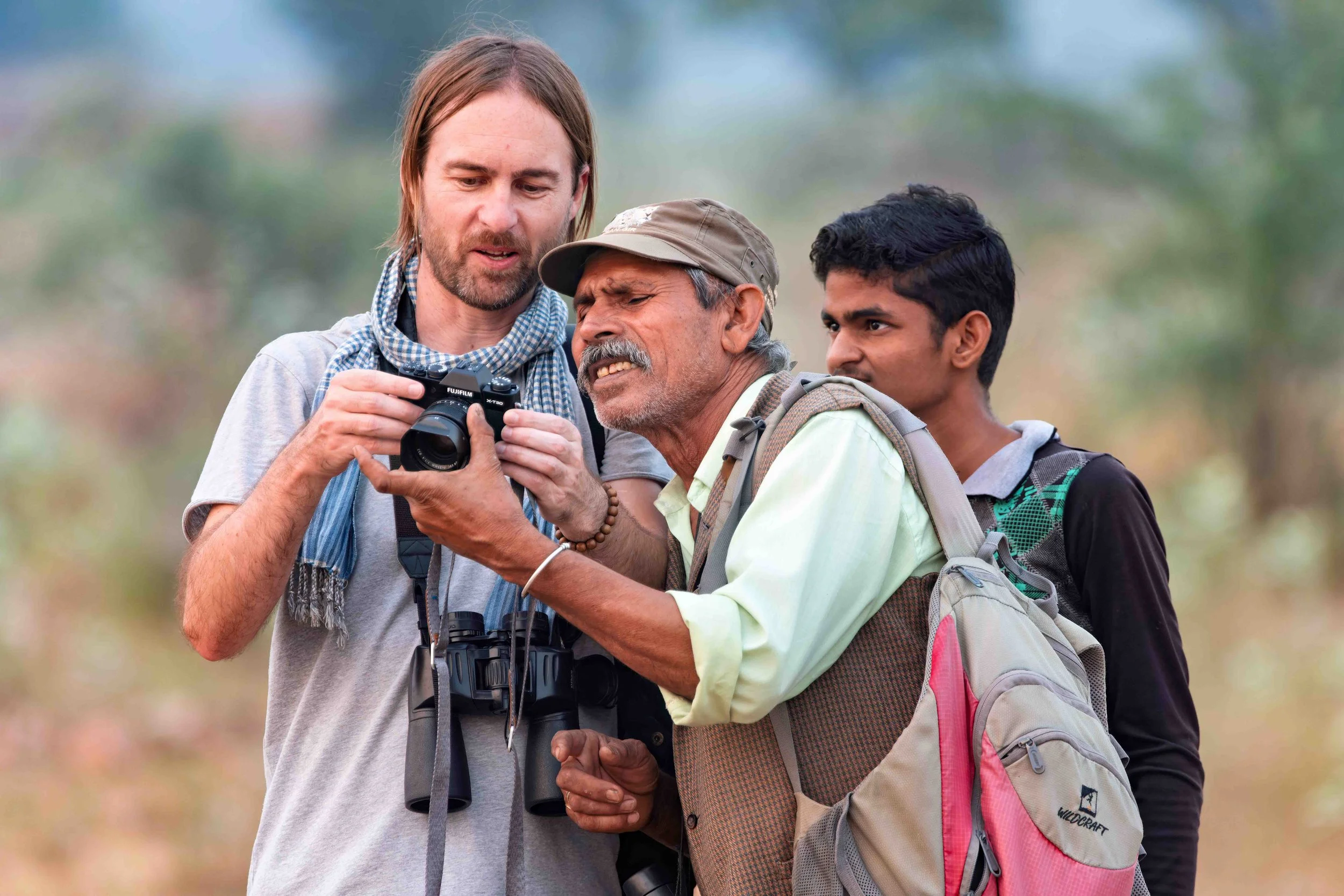
It was a particular pleasure to visit Bharatpur and the Keoladeo Bird Sanctuary and to meet the ‘birdman of Bharatpur’- Ratan Singh. This former duck-hunting reserve of the Maharajas is one of the major wintering areas for large numbers of aquatic birds from Afghanistan, Turkmenistan, China and Siberia. Some 364 species of birds, including the rare Siberian crane, have been recorded in the park.
20 Days in India - Jaipur

Next stop is Jaipur, capital of Rajasthan state, north-western India. Its buildings are predominantly rose-coloured, and it is sometimes called the “pink city.” The chief buildings are the City Palace, part of which is home to the royal family of Jaipur; Jantar Mantar, an 18th-century open-air observatory that was designated a UNESCO World Heritage site in 2010; Hawa Mahal (Hall of Winds); Ram Bagh palace; and Nahargarh, the Tiger Fort. Other public buildings include a museum and a library. Jaipur is the seat of the University of Rajasthan, founded in 1947.
It was a particular pleasure to visit the Birla Mandir Hindu temple as well as another of many temples and to witness temple worship.
20 Days in India - UDAIPUR

Continuing to re-edit my northern India series from 2019: 20 Days in India. This time from the city of Udaipur, sometimes thought of as the Venice of the east. It was a strikingly beautiful place, a popular wedding location - I even got involved with photographing a wedding couple. the city has several sparkling lakes against a backdrop of the Aravail hills. Jag Niwas and Jag Mandir, islands in Fateh Sagar Lake, are the site of Udaipur Solar Observatory and Nehru Garden. Famous palaces include the magical Lake Palace, now a luxurious five-star hotel, and the massive City Palace on Pichola’s east bank, featuring epic courtyards and stunning paintings.
20 DAYS IN INDIA - Ranakpur

Day 6 of our journey saw us take a taxi from Jodhpur to Udaipur via Ranakpur, a journey of some 155 miles. Ranakpur is a village in the Pali district of Rajasthan in western India, notable for it’s Jain temple, dedicated to Rishabh deva – the founder of Jainism.
As far as I understand it, Jainism began as a reforming tradition around 600-800 BC, rejecting the Vedic scriptures, the Hindu priesthood and the sacrifice of animals. The Jains have saints called tirthankaras - of which there are recognised 24 in any age. Jains seek to live lives of harmless nonviolence leading to liberation or salvation.
20 DAYS IN INDIA - Jhodpur

On the 5th day of this trip, an early morning start at Jaisalmer railway station. Quite a sight for the inexperienced India traveller! Station floor and platforms with many people sleeping - a rather overwhelming experience.
Destination Jhodpur: the Blue City. Jodhpur is a city in the Thar Desert of the northwest Indian state of Rajasthan. Its 15th-century Mehrangarh Fort is a former palace that’s now a museum, displaying weapons, paintings and elaborate royal palanquins (sedan chairs). Set on on a rocky outcrop, the fort overlooks the walled city, where many buildings are painted the city’s iconic shade of blue.
The Common Wanderers put travel by train this way (www.thecommonwanderer.com)
“To travel by train in India is, essentially, to journey through (and with) a microcosm of the entire country. From the second you board to the minute you alight at your journey’s end, the whole experience is intense, colourful, confronting, uncomfortable, sweaty, smelly, loud, exciting and wonderful.
Unlike flying, where you’re trapped in a row with a few other strangers, served bland food, and generally bored and cramped up within minutes of sitting in your seat, train travel gifts you an insight into Indian society and its structures. Families share food with other passengers, chaiwallahs traverse the train selling steaming cups of tea, signs blur past in foreign script, and unique landscapes flick past the window like a film. The sights, smells and sounds of India and her people reveal themselves to you with every turn of the clacking wheels.
Simply put, there’s an energy on the trains and platforms of the Indian rail system that just doesn’t seem to exist anywhere else in the world.”
20 DAYS IN INDIA - Jaisalmer
After just one night in Delhi my son Matt and I flew to Jaisalmer the ”Golden City” of the Indian state of Rajasthan in the north east of the country, a desert region. The city stands on a ridge of yellow sandstone on which is the ancient Jaisalmer Fort. The fort contains a royal palace and several ornate Jain temples. Many of the houses and temples are built of finely sculptured sandstone. The city lies in the heart of the Thar Desert (the Great Indian Desert) and has a population of about 78,000.

20 DAYS In INDIA - Delhi

My interest in India began in 1999 when I attended a conference in Boston USA on the theme “Spirituality & Healing in Medicine” run by Herbert Benson’s Mind-Body Institute. One of the many speakers was Diana Eck, Professor of Comparative Religion and Indian Studies at Harvard University. I had been going through some transitions in my Christian spirituality and was fascinated by her ideas, expressed well in her book Encountering God – A Spiritual Journey from Bozeman to Banaras. Prof Eck has extensive experience of India having lived for a number of years in Banaras (Varanasi) and travelled extensively.
I had been opened up from a very narrow sectarian Christian faith into an exploratory spiritual journey by some direct spiritual experiences that I had, suggesting something of the unity of all things. Diana Eck helped me to realise that people of other faith traditions are also able to experience the divine and she left me with a curiosity about that most holy of India places – Banaras or Varanasi.
Thanks to my son’s itinerant lifestyle I had the opportunity to visit India, including Varanasi, eventually in 2019.
First stop was Delhi, arriving in to the smells and haze of a city just having celebrated the festival of Diwali, which celebrates the triumph of good over evil.
So a few images from India…
Where we’ll stay
Hazrat Nizamuddin – the mausoleum that is dedicated to the Sufi saint Khawaja Nizamuddin Auliya who lived in the early eras of 1238-1325 CE.
The Jama Masjid
The narrow streets of the old town






















